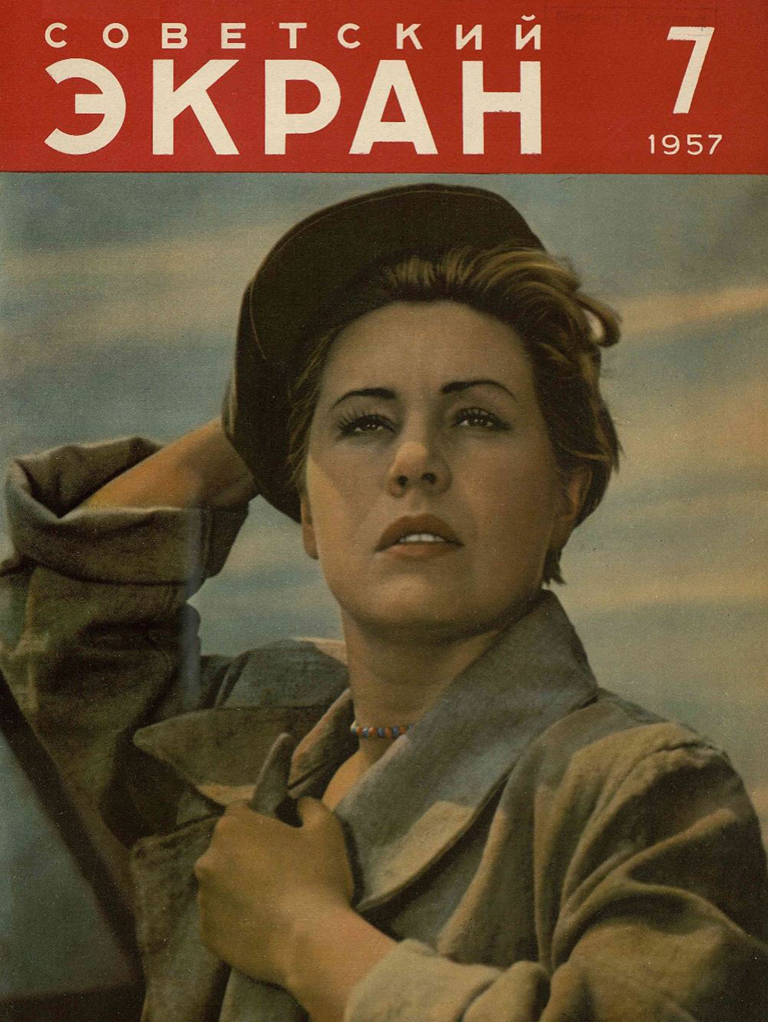Sovetskii Ekran Digital Archive
A window to important research in the area of Film Studies and Soviet Cinema
Sovetskii Ekran (Советский экран, Soviet Screen) was the most prominent film magazine in Soviet history. A treasure trove of insider insights, production secrets, and cultural impacts, this collection offers a one-of-a-kind experience that will enrich academic studies.
Published bi-monthly, Sovetskii Ekran boasted a circulation of two million copies, making it the largest film publication in the world at the time. It was incredibly popular among film enthusiasts in the USSR, vanishing from kiosks as quickly as it arrived and passing from hand to hand.
The magazine offered an unprecedented look into the production secrets and the creative lives of actors and directors—serving as a portal into the magical world of cinema. The honor of gracing its cover essentially guaranteed an instant following of adoring fans for the featured artist. People often cut out the magazine covers featuring popular actors to use as posters, making it a significant cultural artifact. Sometimes, the magazine took extraordinary liberties, such as publishing an obituary of Marilyn Monroe in 1962—a time when she was virtually unknown in the USSR.
Sovetskii Ekran was not just confined to domestic cinema; it also covered international film news. These articles offered Soviet citizens glimpses into global fashion trends and popular Hollywood actors. The magazine annually conducted surveys among its readers to announce various awards like “Best Film of the Year,” “Best Actor of the Year,” “Best Actress of the Year,” “Best Children’s Film,” and “Best Musical Film of the Year.”
Many critics consider the 1960s as the golden era of Sovetskii Ekran. However, from the mid-1970s, censorship returned, and the magazine, like Soviet cinema, underwent changes during the era of “Perestroika” before eventually ceasing publication after the collapse of the Soviet Union.
By studying Sovetskii Ekran students and researchers can glean valuable insights into the socio-cultural role of cinema in the Soviet Union, the state’s role in shaping cinematic narratives, and how films were received by the general populace. This could be essential for any comprehensive study of Soviet cinema, as it provides context that academic and theoretical discussions might lack.
The Sovetskii Ekran Digital Archive is part of the East View Essentials: Soviet and Russian Film package. Learn more
